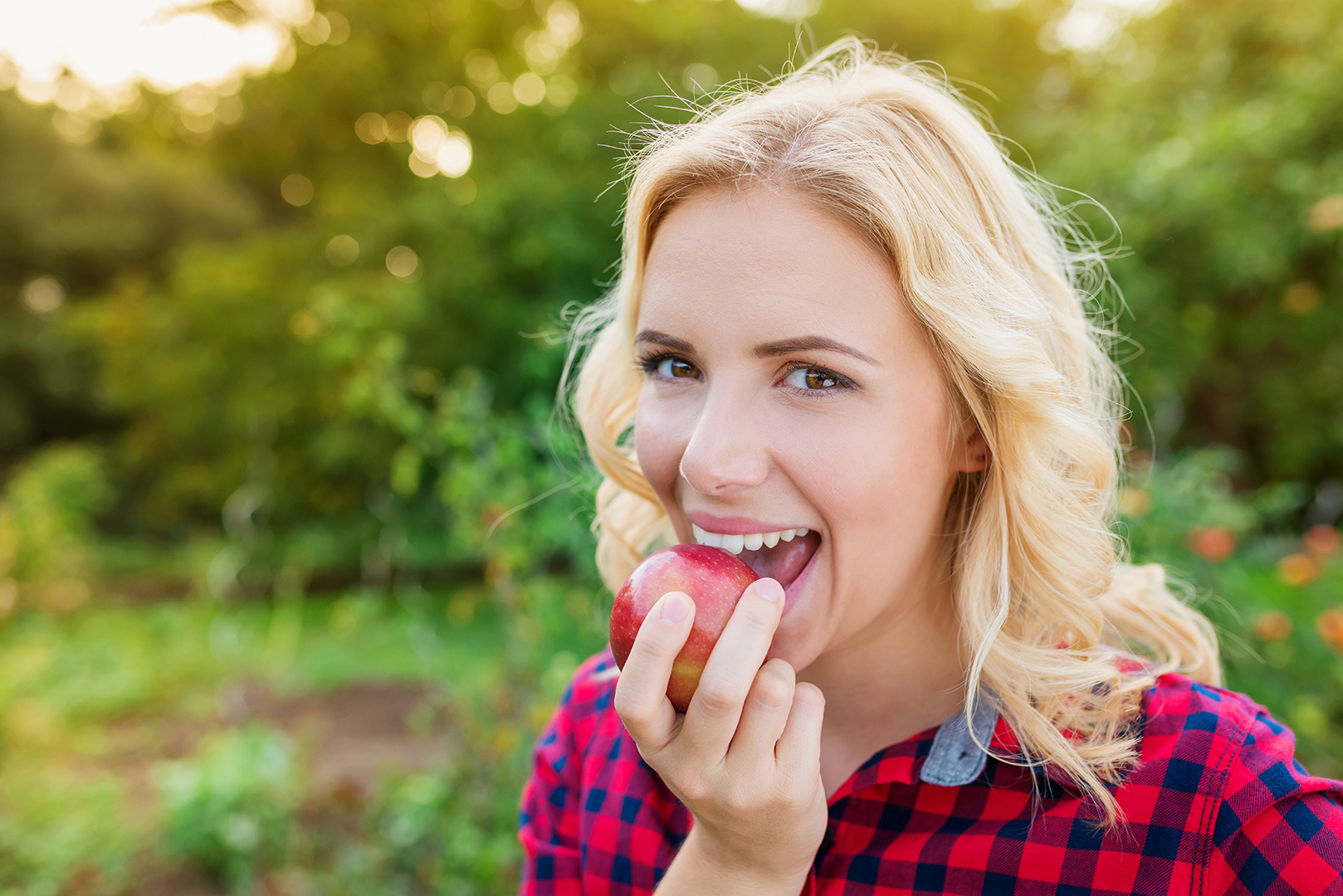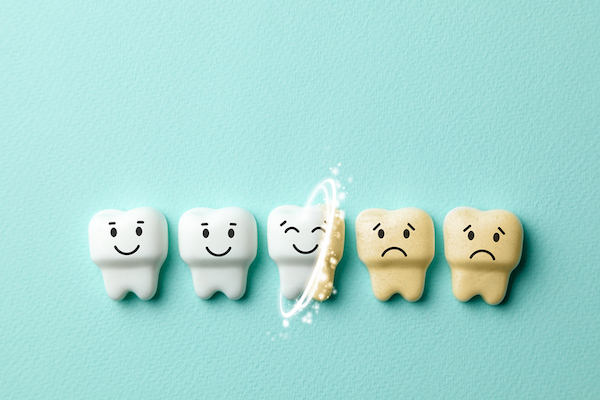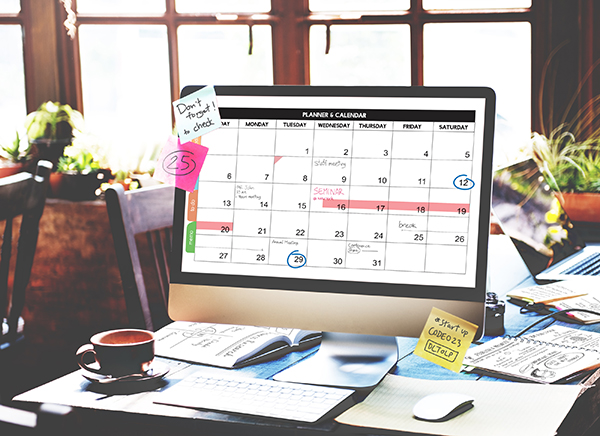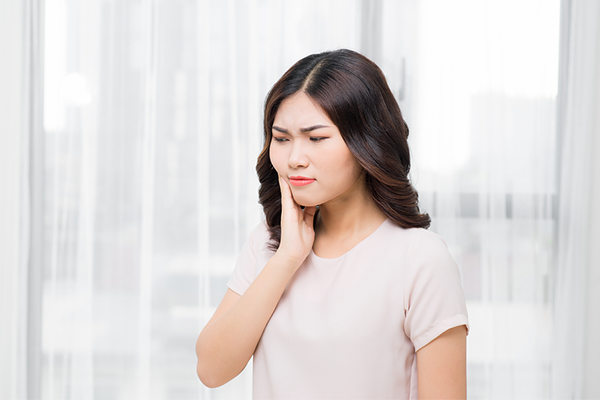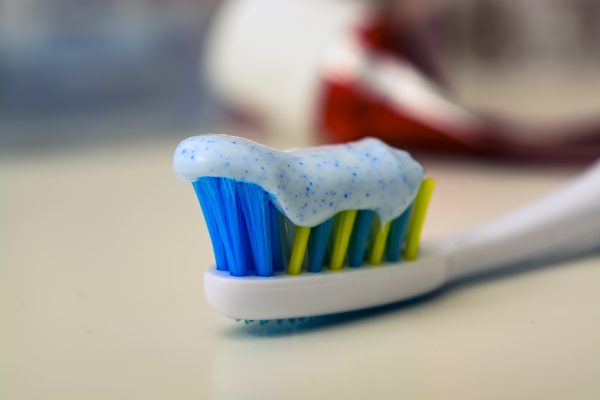Here’s a little fact you might wish you could unlearn: Bacterial plaque—that soft furry material that can lead to cavities and gum disease—starts forming on your teeth almost immediately after you finish brushing.
“But that’s OK,” said Dr. Veerinder Pannu, a dentist, hygienist and oral and maxillofacial radiologist at The Dental College of Georgia at Augusta University. “The most important point is to disrupt that plaque by brushing and flossing at least once every 12 hours.”
Here’s another fact—one that’s a little more fun: Along with brushing and flossing, there are many other things you can do to say goodbye to plaque and other dental concerns, and say hello to a cleaner and healthier mouth all day long.
Say hello to: An apple a day
Why it works: According to Pannu, apples and other fibrous foods such as celery can manually remove plaque from your teeth as you bite and chew. “So choose an apple for dessert after your meal. It’s not only healthier for your body—it’s great for your teeth,” she said.
Say hello to: Chewing gum with xylitol
Why it works: Xylitol is a sugar alcohol used as a sweetener in some popular gum brands. Bacterial plaque thrives on sugar, but here’s where xylitol plays a little trick: Bacteria aren’t able to digest xylitol—”so essentially, when you chew a gum with xylitol, you’re feeding them to death,” Pannu said. According to Pannu, you can chew a xylitol gum after every meal to help reduce bacterial counts in the mouth—and reduce your risk of gum and dental disease at the same time. When you choose a gum, just make sure that xylitol is listed among the first two ingredients.
Say hello to: Fruits and vegetables with vitamin C
Why it works: Vitamin C isn’t just good for your eyes. The nutrient is important for healthy connective tissues, which is what your gums are made of. So aim for about 60 milligrams of vitamin C daily from fruits like oranges or vegetables like broccoli, bell peppers or leafy greens. Don’t, however, think that guzzling orange juice will do the trick. With their high sugar content, juices are a feast for bacterial plaque, so make sure you eat the actual fruit.
Say hello to: Water
Why it works: Water is pretty much magic. Not only is it an ideal source of hydration, but drinking plenty of water during and after a meal effectively rinses out your mouth, helping to dislodge food particles that could further feed plaque. But choose tap and not bottled water, since tap water contains fluoride, which helps prevent tooth decay.
Say hello to: Mouthwash without alcohol
Why it works: According to Pannu, more than 500 common medications—from high blood pressure to diabetic drugs—can have an uncomfortable side effect: dry mouth. “And dry mouth can lead to gum disease, gingivitis and inflammation,” she said. Because dry mouth can also lead to stinky mouth, most people with this condition turn to mouthwash to freshen and moisten their mouths. However, it’s very important to choose a mouthwash without alcohol. Alcohol only further dries out the mouth, making the condition worse.
Say hello to: Mouthguards (if you’re a tooth grinder)
Why it works: If you grind your teeth while you sleep, don’t think that it’s no big deal. Over time, you can literally grind down your teeth. Mouthguards won’t stop the habit but will give you a softer surface to grind on during sleep. During the day, take notice of when you’re grinding and make an effort to stop. Blowing out your cheeks, for example, can help relax your mouth. Nail biters should beware as well: Ongoing nail biting can also reduce the vertical height of your teeth, so do your best to break the habit pronto.
Still, all the apples in the world won’t keep the plaque away if you don’t also continue to brush and floss morning and night. But one more tip: Make sure you’re brushing correctly, and if you’re scrubbing your teeth with a horizontal motion or pressing down hard with a power toothbrush, back off.
“You want to hold your toothbrush gently with your fingertips and angle it at 45 degrees. Then shimmy it down over your gum and teeth, making sure bristles clean under the gum,” Pannu said. “If you’re power brushing, all you need to do is hold the toothbrush in the right place, and don’t apply pressure. Learning how to brush properly is the absolute best thing people can do to protect their teeth.”

